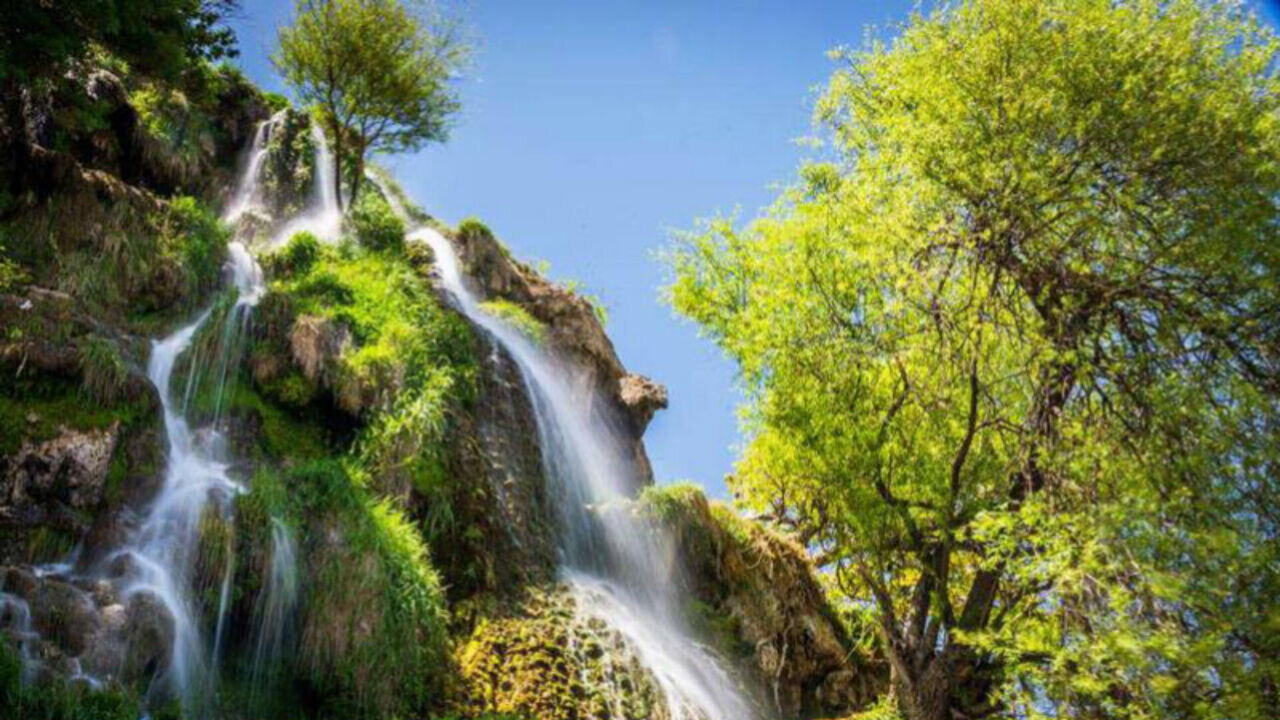
Similar Posts
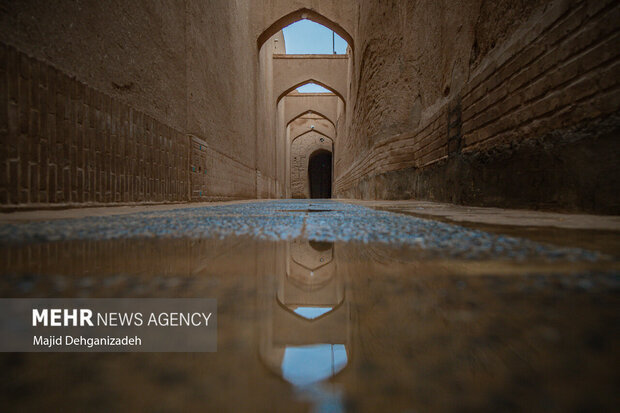
Historic Yazd Passageway Revived at Tehran Fair: A Journey Through Centuries of Culture!
The 18th Tehran International Tourism and Related Industries Exhibition has opened in Tehran, featuring a model of the historic “Gozar-e Yuzdaran,” or Cheetah Keepers’ Passage, which highlights Yazd’s rich cultural heritage. Iranian President Masoud Pezeshkian and Minister Seyyed Reza Salehi-Amiri inaugurated the event and toured the exhibits. The recreated passageway immerses visitors in Yazd’s traditional atmosphere and emphasizes its historical significance, including the endangered Asiatic cheetah. Yazd, known for its ancient architecture and harmonious coexistence of religions, continues to attract cultural tourism, showcasing its unique history and vibrant culture during such events.
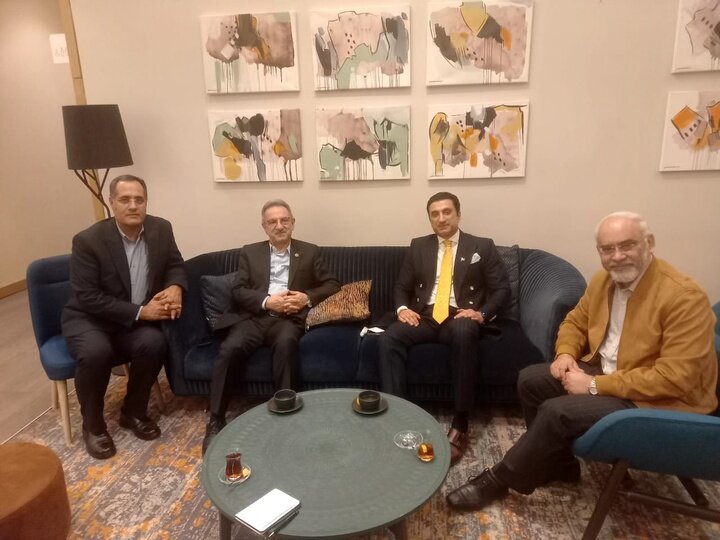
Iran and Pakistan Call for Surge in Direct Flight Connections
In a bid to strengthen tourism ties, Iranian and Pakistani officials advocated for increased direct flights and emphasized Iran’s potential in health tourism during the 6th Ministerial Meeting on Tourism of the Economic Cooperation Organization (ECO) in Erzurum. They discussed facilitating pilgrimage tours, improving visa processes, and enhancing cross-border facilities. The meeting, attended by tourism leaders from nine ECO member states, acknowledged Lahore as the ECO Tourism Capital for 2027. The session concluded with the launch of the ECO Tourism Investment Guide and the adoption of the “Erzurum Declaration,” outlining commitments for regional tourism cooperation and sustainable development.
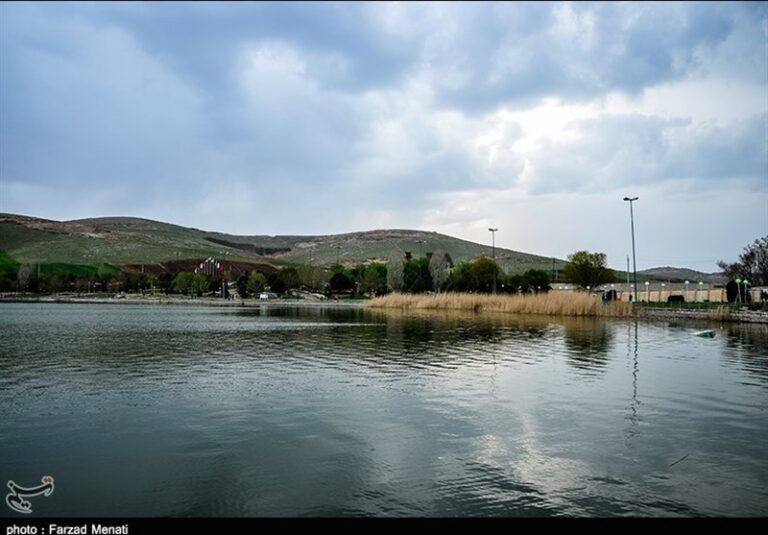
Discover the Stunning Niloofar Sarab Wetland: A Hidden Gem in Kermanshah, Iran
Lake Niloufar, or Niloofar Sarab, is a picturesque wetland in Iran, located near Kermanshah. Renowned for its vibrant water lilies and serene environment, it offers a perfect escape for nature lovers and tourists. The area serves as a vital habitat for various bird species, making it ideal for birdwatching, while also providing opportunities for fishing and relaxation. With developed tourist facilities, the wetland attracts many visitors, especially during Nowruz celebrations. Its unique biodiversity and stunning landscapes highlight the importance of preserving such natural wonders, making Lake Niloufar a must-visit destination for unforgettable experiences in nature.
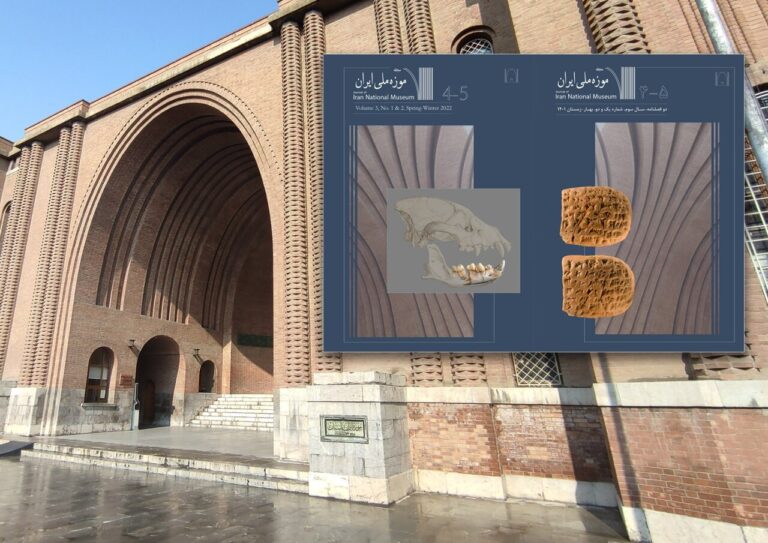
Iran National Museum Journal Unveils New Issue to Celebrate Cultural Heritage Week!
The Iran National Museum Quarterly Journal has released Volume 3, Issue 1, coinciding with Cultural Heritage Week and International Museum Day. This issue features 17 articles on archaeology and museology, published in English and Persian for public access. Key highlights include findings from the Lower Paleolithic site of Dehtal, insights on faunal diversity from Wazmeh Cave, and discoveries related to Neolithic burial practices. It also explores ancient administrative practices through Susa clay tablets and discusses innovative methodologies, such as CT scans of salt mummies. The journal emphasizes interdisciplinary research and aims to enhance appreciation of Iran’s cultural heritage.

Revitalizing Handicrafts: Comprehensive Rescue Plan in the Works
Iran’s handicrafts sector is set to receive a boost through a new rescue plan aimed at enhancing its economic viability and cultural significance. Deputy Minister Maryam Jalali-Dehkordi highlighted the initiative’s multifaceted approach, targeting economic growth, job creation, and export increases, particularly to the Caspian Sea littoral states and Persian Gulf countries. With a goal of 8% sector growth, the plan emphasizes quality, market research, and collaboration among stakeholders. Currently, Iran’s handicraft exports total approximately $500 million, while the global market is valued at $770 billion. Recognized cities and villages will further position Iran in the global handicrafts arena.
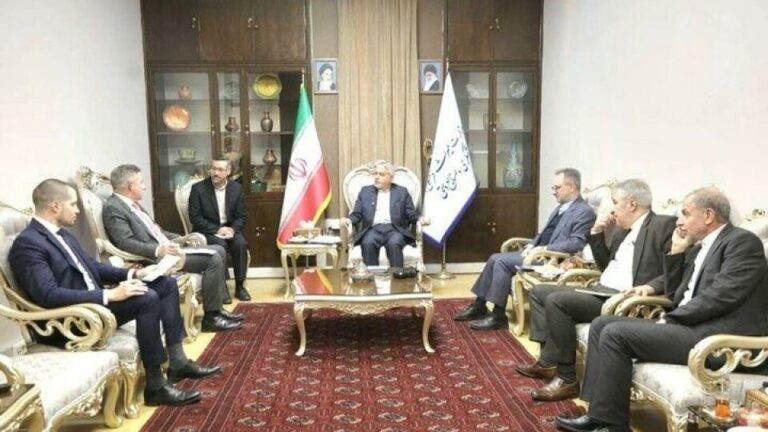
Iranian Tourism Minister and German Ambassador Strengthen Cultural Ties Through Strategic Dialogue
Iran’s Minister of Cultural Heritage, Seyyed Reza Salehi-Amiri, recently met with German Ambassador Markus Potzel to strengthen cultural and tourism ties between Iran and Germany. Salehi-Amiri highlighted the importance of mutual respect and proposed joint exhibitions featuring artifacts from the Pergamon Museum in Iranian museums and vice versa. He also suggested annual cultural conferences and emphasized tourism as a key avenue for enhancing relations. Potzel shared his family’s positive experiences with Iranian culture and noted ongoing discussions about reopening German consulates in Iran. Both officials expressed optimism for future collaborations in cultural and archaeological initiatives, underscoring the significance of cultural diplomacy.